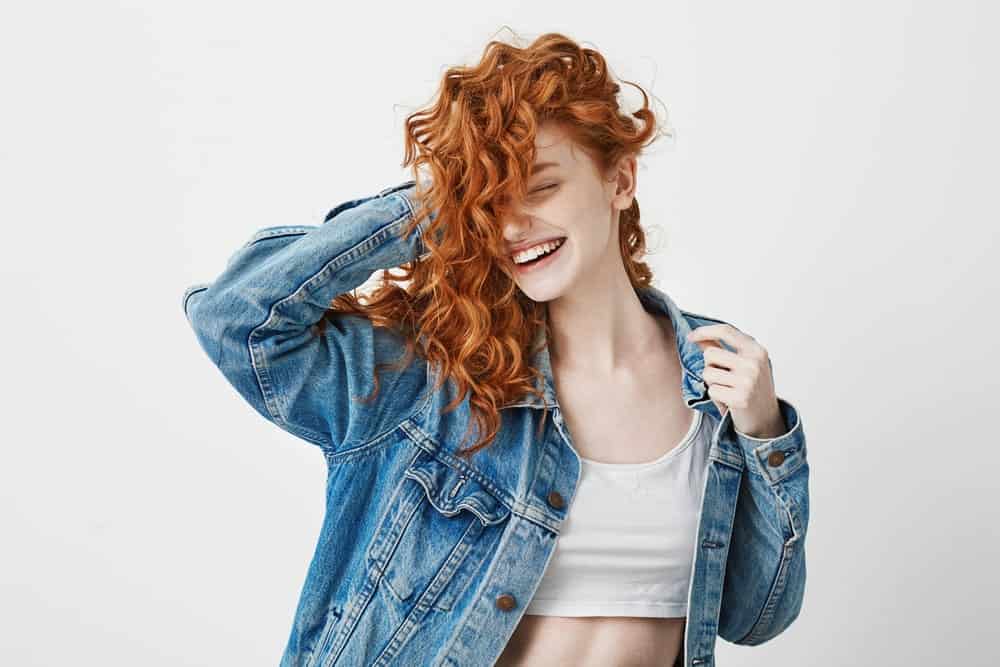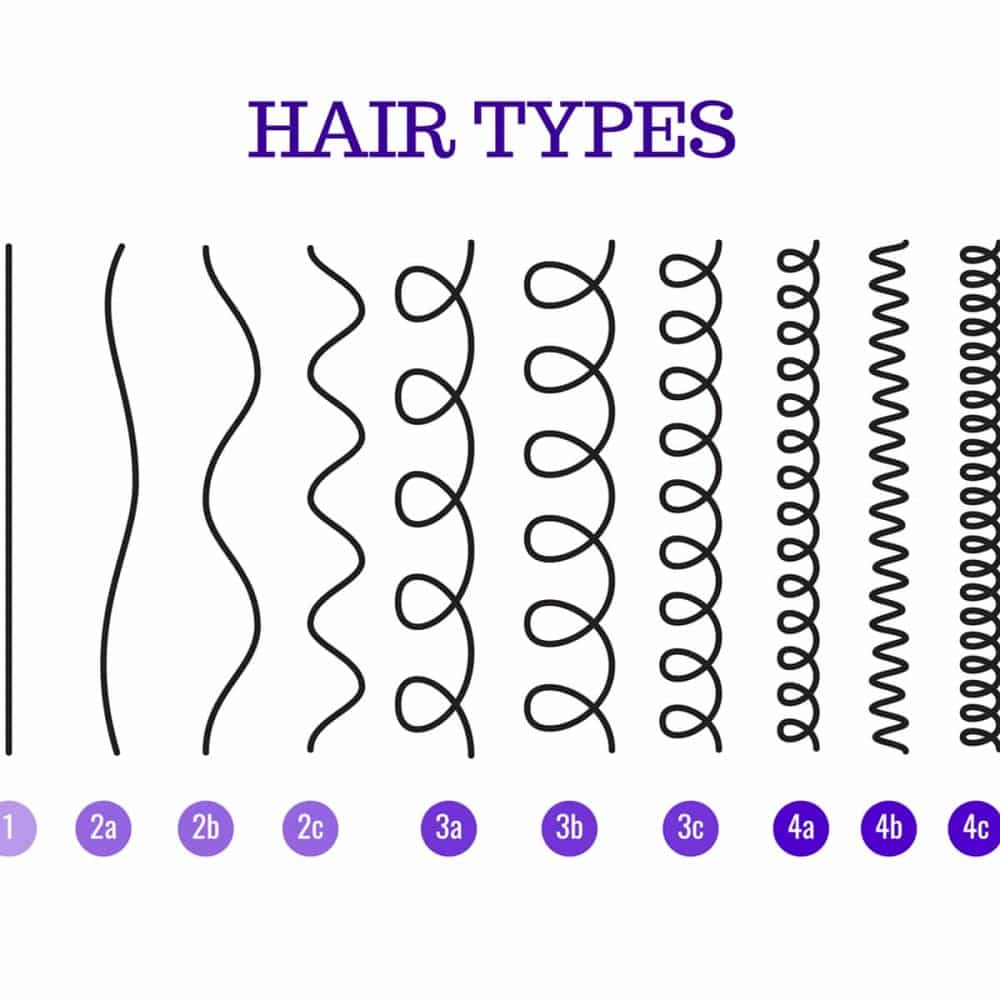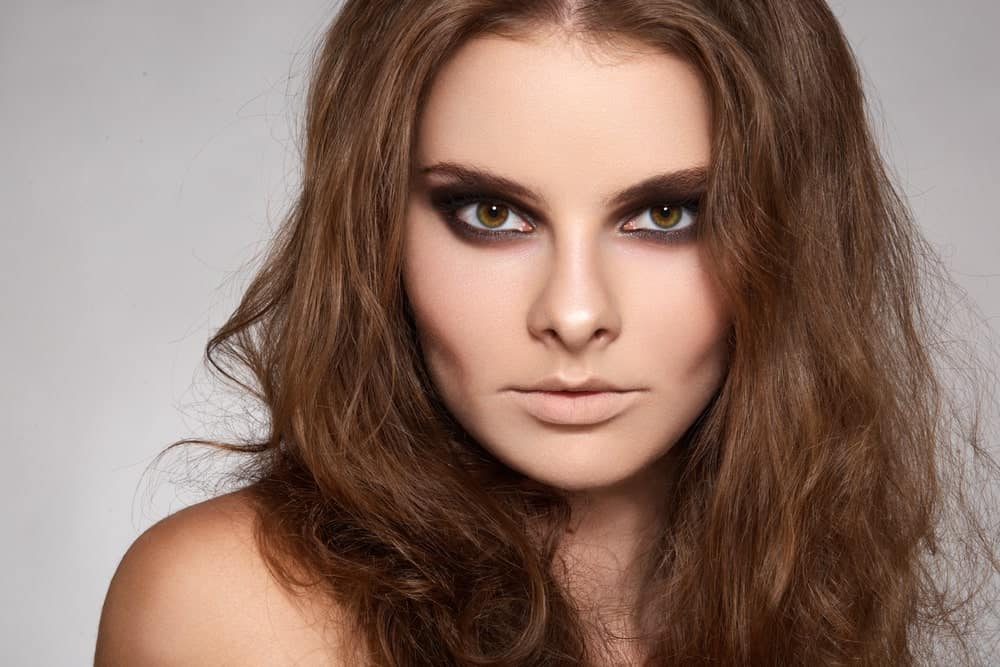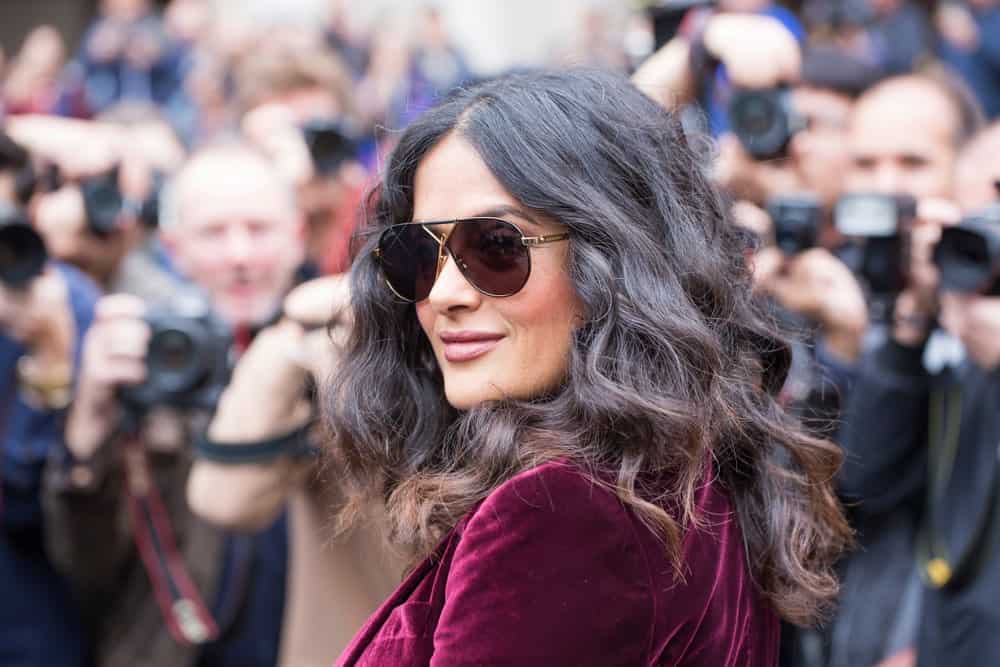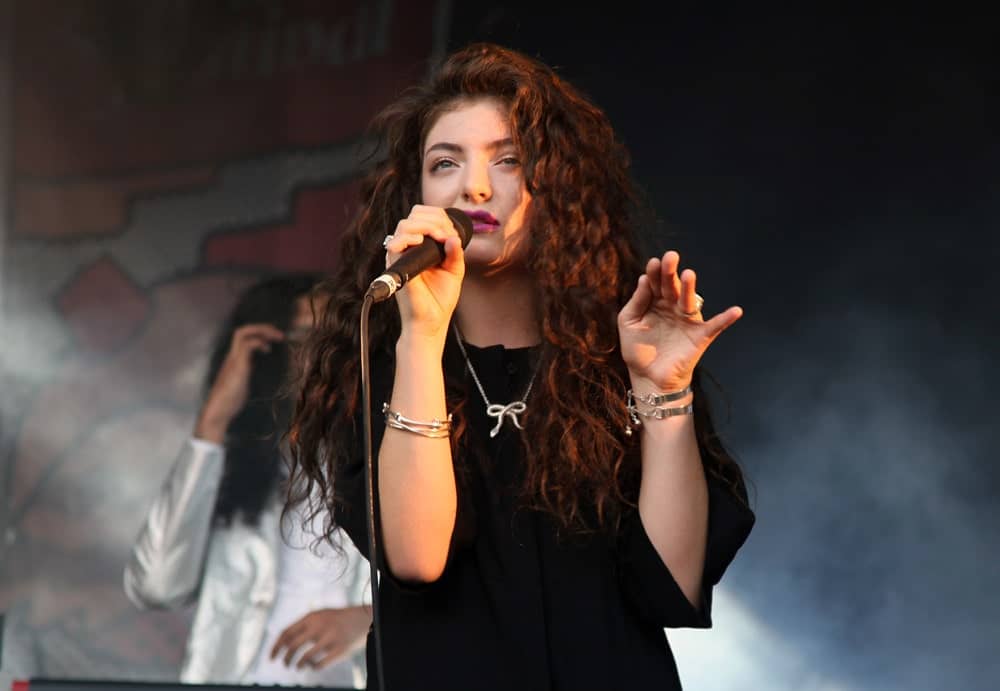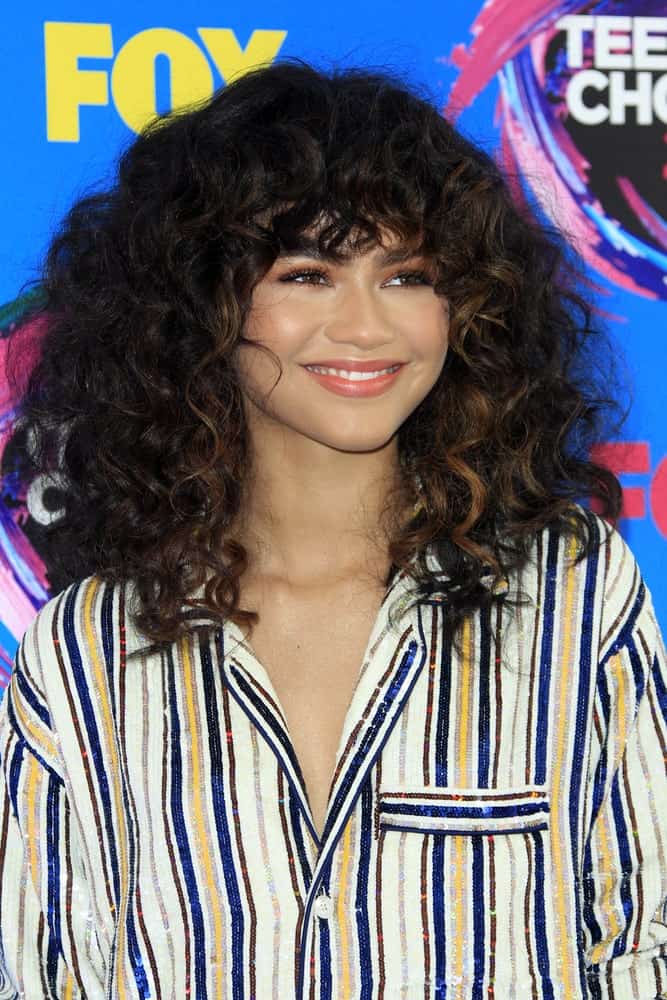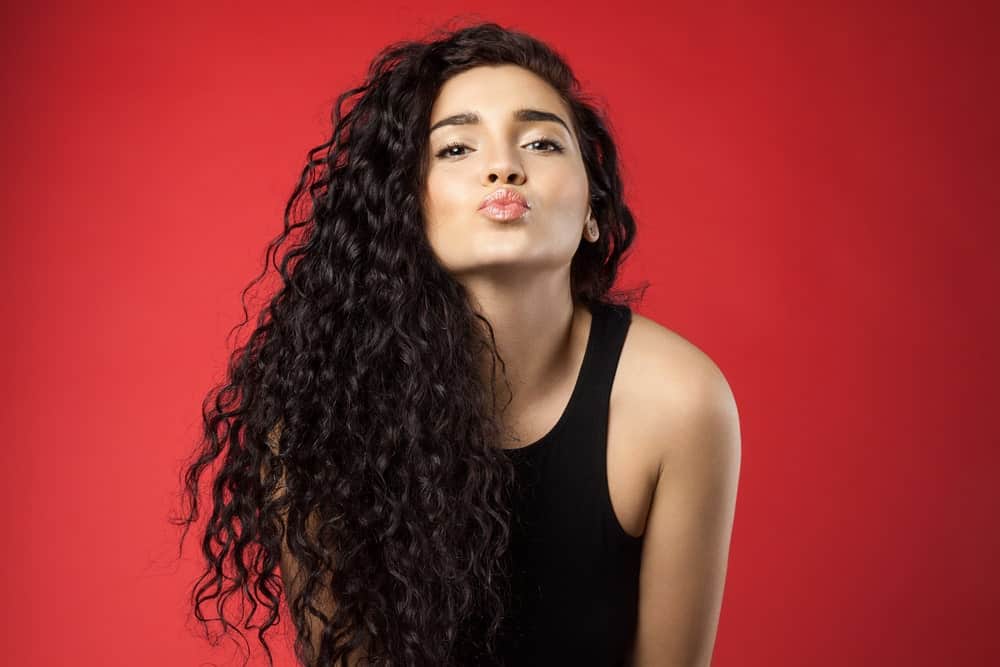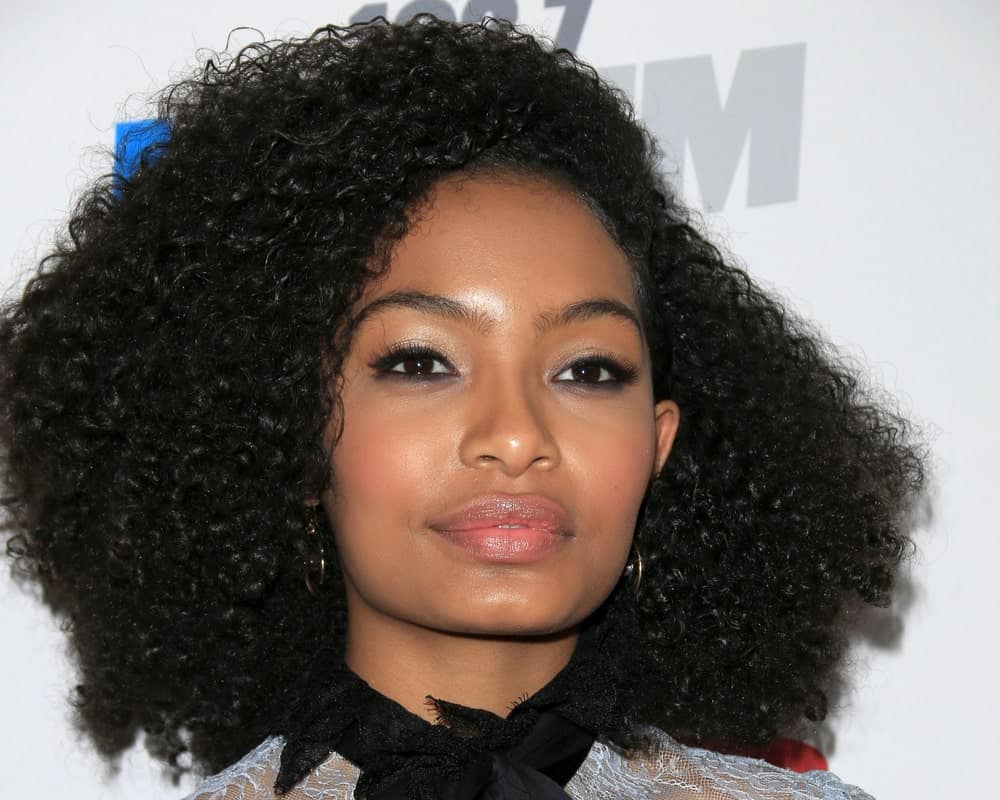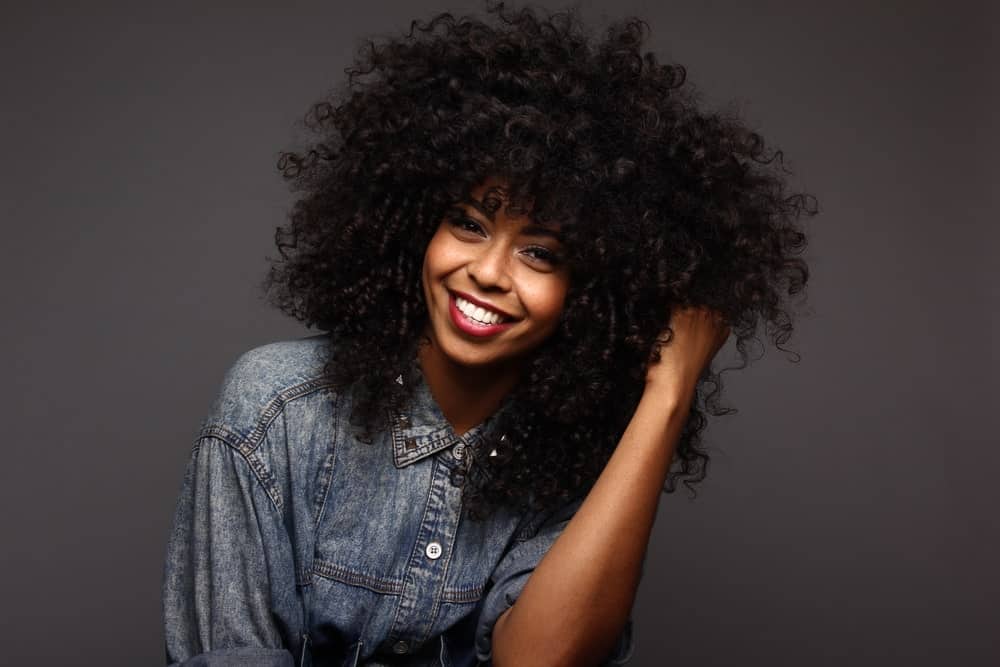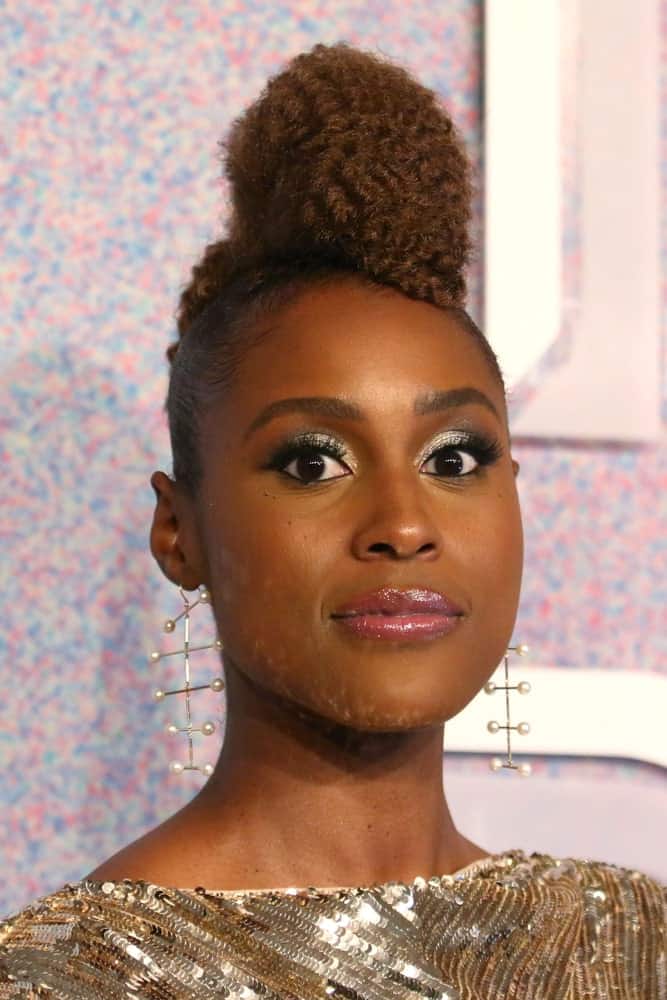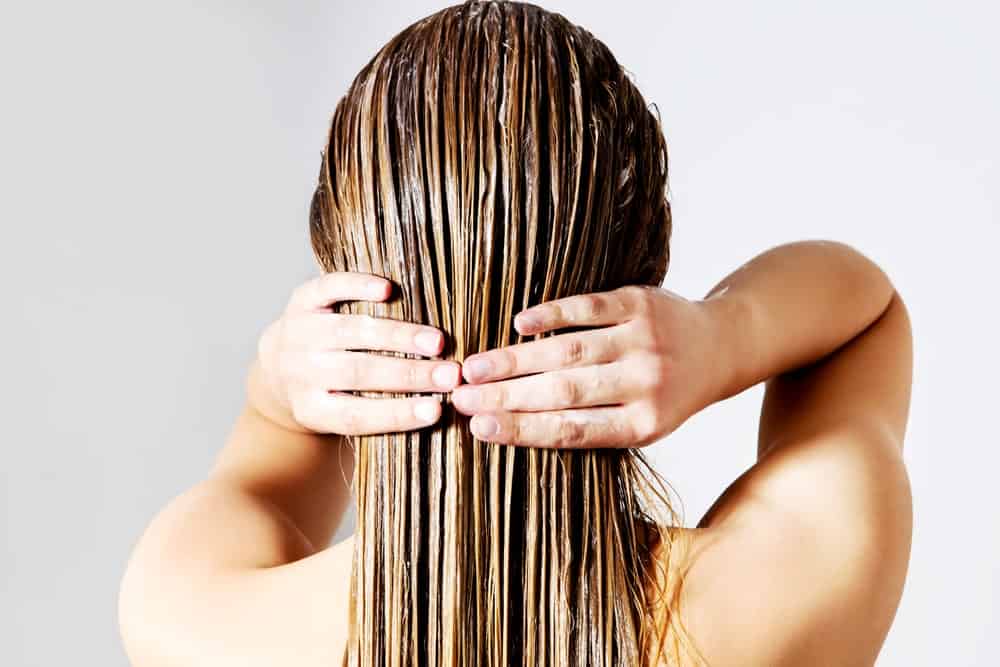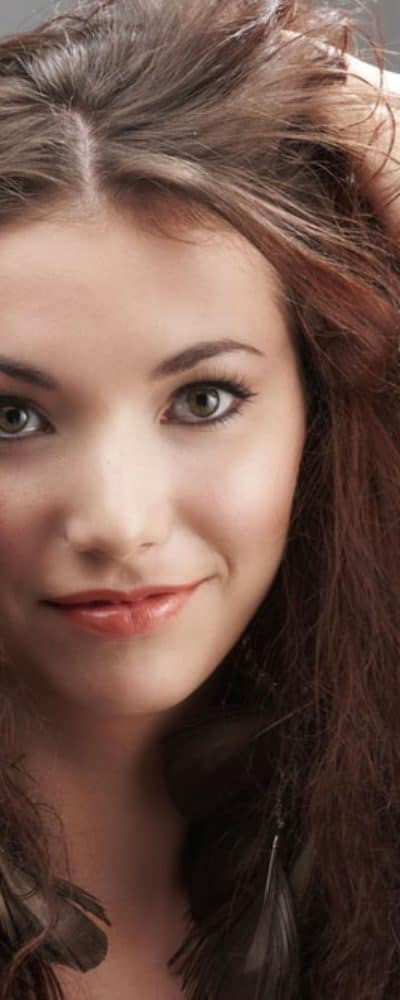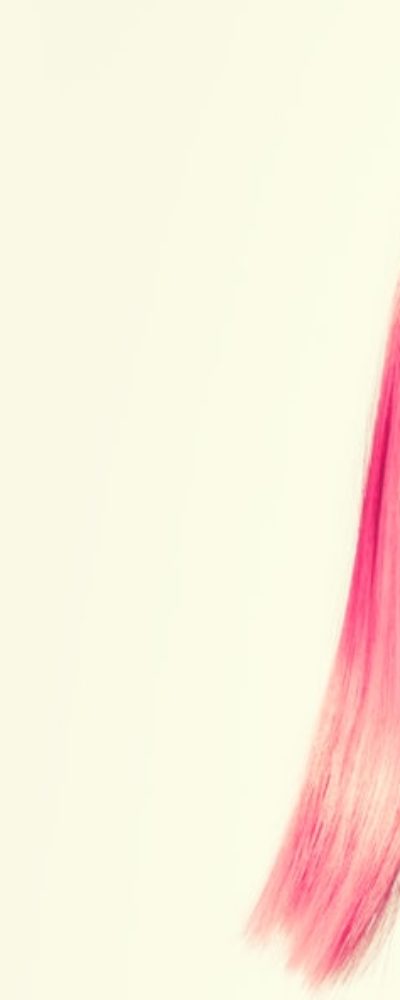For the longest time, society did not accept or recognize the fact that 60% of all people have kinks in their hair. Instead, we were told straight hair was the norm, and curly the deviation. For hundreds of years, women with naturally curly hair ironed, chemically treated, and burnt their hair to achieve a straight-haired look. Women of color especially were told that their natural hair looked untidy and unkempt; and that it needed to be changed for them to be beautiful.
Perhaps the only good thing about the 21st century, however, is that it is the century of equality, at least on paper. So far, we are doing a good job of being inclusive of people of every caste, color, creed, religion, ethnicity, sexuality and race. With this revolutionary empowerment of all individuals came the acceptance of naturally-occurring curly hair as something to be cherished and nourished, not an aberration that needs to be corrected.
Following the broadening of perspectives, new methods and techniques to care for curly hair are being introduced. Mainstream hair care brands that promoted straightening shampoos, conditioners, and serums before are now promoting hair health above all else and coming up with products designed especially for different hair types.
Even the ads that featured models with long, shiny, straight hair now include models with curls who are proud to be the way they are; one particularly touching one was made by Dove that you can ” target=”_blank” rel=”nofollow noopener noreferrer” data-lasso-id=”6402″>watch here.
Feeling a little prouder of your curls? Sit back, relax, and discover the many other types of hair textures that exist besides the boring straight one!
The Science of Curly Hair
How does that even work? How do some people have naturally coiled hair sprouting out of the same hair follicles? Well, here is the answer: it’s all about follicles. A follicle is a small sac of cells that surrounds each hair root. The shape of the follicle determines your hair texture; the flatter or more oval shaped the hair follicle is, the curlier the hair. Some scientists believe follicles have little to do with the science of curly hair and that it is more dependent on the shape of the hair shaft.
Know that all hair on the head is not created equal; most people with curly hair have a combination of different curl textures ranging from wavy to kinky on different parts of their scalp. Hair texture is a combination of curl pattern, volume, and consistency; learning more about your hair and understanding its anatomy can assist you in caring for them in a better way.
The Andre Walker Hair Typing System
Andre Walker, who was Oprah Winfrey’s hairstylist for 25 years and is an authority on the treatment of curly hair, came up with a classification of hair texture types. He divided them into four categories: straight, wavy, curly, and kinky, with each category having two or three subtypes.
Source: Andre Walker Hair
Wavy Hair
A heavy percentage of people are blessed with wavy hair. This hair type can be considered the middle ground between straight and curly hair, with more characteristics leaning towards the latter. Wavy hair can easily fall prey to frizz and it takes a whole lot of deep conditioning to tame the flyaways.
Source: Allure
Wavy 2A
People with 2A wavy hair texture have that slightly tousled look that is easy to straighten. Wavy 2As have to be careful with too much straightening as it can easily render their lifeless, giving them a limp look. The slight wave adds a bit of frizz, so it is ideal to moisturize your hair fully, but since the hair strands are usually thin, be wary of your hair falling prey to oiliness.
If your hair becomes too lanky, you can consider using a styling mousse at the base to add that extra bit of oomph and fluff.
Source: Naturally Curly
Wavy 2B
2B hair is characterized by a flatter crown and well-defined s-shaped waves that start halfway down the hair length. Individual hair strands are thicker than those with 2A and it takes more effort with the straightener to get them to flatten out. Have a look at Salma Hayek’s natural hair to figure out what we are talking about.
Wavy 2C
Wavy 2C has a well-defined s-shaped curl pattern that begins at the roots. The hair is thick, coarse, and more inclined towards frizz. Because of the appearance of frizz, it does well to add lots of moisture to the hair length, especially if you live in humid conditions.
Source: Holistic Enchilada
Curly Hair
Ranging from well defined ringlets to loose curls and everything in between, curly hair is versatile in its many naturally occurring forms. They could be coarse and frizzy, or have some sort of sheen covering the length. It is subdivided by Andre Walker into three distinct categories.
Curly 3A
Actress and song artist Zendaya’s hair is the perfect example of the 3A subtype. The loose curls are about the size of a sidewalk chalk in diameter and have a sheen covering that brings a pleasant shine to the curls. The trick here is to touch the hair as little as possible, let alone brush them, so that the build-up of frizz can be avoided.
Even though it does take an effort to care for 3A type curl, the beautiful ringlets you end up with are totally worth it!
Source: Curls.Biz
Curly 3B
3B type curls have a coarse texture, but they are still shiny, springy ringlets that have a circumference close to that of a Sharpie marker. This type can easily get too dry and brittle; therefore, it requires intensive deep conditioning and styling gels to stay in prime form.
Source: Cosmopolitan
Curly 3C
The hair texture of the 3C type is corkscrews curls that have a small circumference, almost the size of a pencil. Yara Shahidi’s hair is a great example of this subtype. This kind of hair texture is usually quite coarse and densely packed together. It has lots of natural volume and frizz is a serious problem for people with this hair type. It is recommended to apply product while the hair is wet to keep the frizz in check.
Source: Jessi Curl
Kinky or Coily Hair
Commonly referred to as Afro-textured hair, coily hair is usually quite dry and spongy. The hair strand can range from soft and fine to wiry and coarse. The curl can be tightly coiled in an even pattern or have a zig-zag texture that starts right from the scalp. Since this kind of hair is especially prone to shrinkage, it gives it the ‘big hair’ or Afro look.
There is a common misconception about kinky hair is that it is unruly and rough; uncontrollable. Caring for them in a manner that keeps your natural curl pattern intact, however, can easily transform their manageability.
Source: Hair Rules
Kinky 4A
The dense, springy, s-shaped coils are quite narrow in size, about the size of a knitting needle. It is not a secret that the drier your hair type is, the more moisture it requires to appear healthy and shiny. In this case, 4A hair has to be styled regularly so as to not lose its shine. Many people with this hair type use leave-in conditioners and curling creams to give their curls that extra bit of conditioning it requires. Skai Jackson’s hair, pictured here, is an excellent example of this hair type.
Source: Black Naps
Kinky 4B
This hair type is densely packed like others of its kind, with the difference being the shape of the curls. The curl pattern is so narrowly coiled that it appears to bend at sharp, z-shaped angles on the head, giving the impression of big hair. It can be shaped and styled in many ways if you are aware of what the hair requirements are. It is often suggested that this hair type be treated with lots of moisturizing products and refreshing techniques between washes to keep them looking healthy and shiny.
Kinky 4C
4C hair is quite similar in appearance to the 4B type hair, except that it is way more fragile. The very tight zigzag pattern is often barely perceptible; this gives the hair an unruly look. It has the highest shrinkage in all hair types (about 75% or more) and this makes them pile up on the head and defy gravity instead of growing downwards.
However, it is not impossible to take care of 4C hair, albeit being difficult; Lupita Nyong’o has this hair type and boy, does she carry it well!
Source: Natural Hair Queen
Caring for Curly Hair
Know what love language your hair speaks in order to take care of it in the best way possible. Here are some common tips you should look into if you are interested in doing the bare minimum for your beautiful curly hair:
Don’t brush your hair
Brushing curly hair disturbs the natural curl pattern quite violently, giving rise to immense frizz. Instead, untangle your hair with a wide-toothed comb while your hair is sopping wet.
Use sulfate-free shampoo
Sulfate strips your scalp of the natural oils that are needed for your hair to be healthy; use a shampoo that has low amount of the chemical, or none at all!
Put in lots and lots (and lots) of conditioner
Curly hair means more moisture is required to keep them in prime form. Use lots of silicone free conditioner that penetrates your hair shaft, making it softer and shinier.
Consider investing in a leave-in conditioner
Leave-in conditioners do a much better job of moisturizing your locks than the ones that get washed off. The good news is, if you already use a silicone-free conditioner, you can use it as leave-in too!
Apply a protective serum
To lock in the moisture that you have just provided to your curls, you need a serum that you can gently apply down the length of your hair shaft while your hair is still damp.
Go easy on the heat treatments
It will, hopefully, not come as a surprise that heat treatments can severely damage and burn your hair. If you use your blow-dryer or straightener too often, you need to cut down on it drastically. If you do use them, make sure to use a heat-protecting spray.
Air-dry them when possible
Instead of using the blow-dryer every time, try air-drying your curls. It may be a long process but it is the best way to treat kinky hair.
Reach out for a diffuser
A diffuser attachment provides your hair with mild heat that is uniform at all sides. If you cannot air dry, use the diffuser to give your curls a defined texture.
Use a silk/satin pillowcase
Curly hair is naturally susceptible to frizz. Using a silk or satin pillowcase will treat your hair with the sensitivity it deserves and you will not wake up every morning with an unmanageable head of hair that needs treatment to look less unruly.
Source: Dove
The Curly Girl Method
A book named ‘The Curly Girl Method’ by Lorraine Massey has driven millions of people to use the author’s hair washing technique in order to take the best care of natural curls. Even though the book title suggests that it is only for women, some men with curly hair are also using the CG method, replacing ‘girl’ with ‘guy.’
The method involves the cutting down of harmful chemicals from your hair washing and heat-based hair styling routines, allowing your natural hair an opportunity to appear in its full curly glory. CG helps the hair in retaining its curl pattern, texture, gloss, and saves the hair shaft from damage.
Source: All the Wave
Harmful Chemicals
Chemicals like Sodium Laureth Sulfate, commonly found in all shampoos, are also used in detergents that wash your clothes. Sounds bad, doesn’t it? You have no idea.
Every time you wash your hair with regular shampoo that contains sulfate, you are stripping your scalp of the natural oils that it naturally produces for the nourishment of your hair. The more you wash your hair, the drier and frizzier your kinky hair will get.
Another detrimental chemical that almost all hair conditioners contain is silicone in its many forms. When you treat your hair with such a conditioner, it coats your hair with a shiny layer of silicone that can disturb the natural curl pattern. It is extremely inadvisable for kinky hair to use silicone-based hair products since it can cause a build-up in the scalp and weigh down the locks.
Also keep a lookout for drying alcohols in the shampoos, conditioners, and other hair products that you incorporate in your hair routine. Examples of drying alcohols are ethanol, ethyl alcohol, alcohol denat., isopropyl alcohol, isopropanol alcohol, and benzyl alcohol.
Good alcohols to find in the ingredient list are cetearyl, cetyl, stearyl, and lauryl alcohol.
Source: Naturally Curly
Co-Washing
Instead of subjecting your scalp to harsh, detergent-like chemicals, Massey suggests cleansing your scalp with a conditioner that does not contain silicone or drying alcohols. All the ancient warnings against using conditioner on your scalp are with reference.
Low-Poo
If you feel that using a conditioner to wash your scalp is weighing your hair down or causing them to become oily rather than bouncy and shiny, you can look into low-poo. Some CG bloggers recommend either getting a shampoo that has a very low volume of sodium laureth sulfate, or using normal shampoo only once a week or once a fortnight. This method helps clean a stubborn scalp without the everyday harshness of detergent washing your head.
Source: Creus Life
Hair Porosity
To take care of your curly hair, it is essential to know it inside out. An important aspect in hair knowledge is porosity. The porosity of a hair strand tells you whether or not it is easy for your hair to absorb product.
If your hair dries in hours and it takes effort for them to absorb water when they are made wet, chances are your hair has low porosity. If the opposite is true, you probably have high porosity hair.
Low porosity hair needs heat to absorb product, and it would do you well to wrap a hot towel around them once you have your deep conditioner in. If your hair is high porosity, you need to add a curly cream or serum to your routine so the moisture can stay locked inside the hair shaft.
If you are unsure about your hair porosity, look up several easy tests on the web that can help you find out.
Styling Products
The CG method recommends using hair gels or styling creams on wet to damp hair so the moisture you have worked so hard to provide does not just evaporate right away due to humidity or heat.
After the gel application, you have to let your hair completely dry, whether using a diffuser or air drying methods. After drying up, the hair will have a gel cast that you can ‘scrunch.’ This prevents the frizz from appearing in the drying phase and keeps the curls looking glossy and healthy.
Dry Shampoo
If you feel that washing your hair too often is not feasible for you, you can either choose dry shampoo in between washes, or ” target=”_blank” rel=”nofollow noopener noreferrer” data-lasso-id=”6431″>try some refreshing methods that will make your curls as lovely as they are on the first wash day.
You can even make your own dry shampoo with an online DIY recipe.
Our job as human beings is not to decide what kind of hair or skin looks better; our eyes have been trained through years of warped beauty standards that term anything non-European as plain wrong. Today, we are wise enough to know that human diversity is something to not only accept but marvel. All the different evolutionary paths we’ve taken, depending on our geography and individual mutations, have led us to have different physical traits that in no way determine our worth.
Diversity in physical attributes is a phenomenon to be celebrated; the world would not be any fun if we were all identical, would it? Now stop straightening those gorgeous curls and let’s take care of them better!

